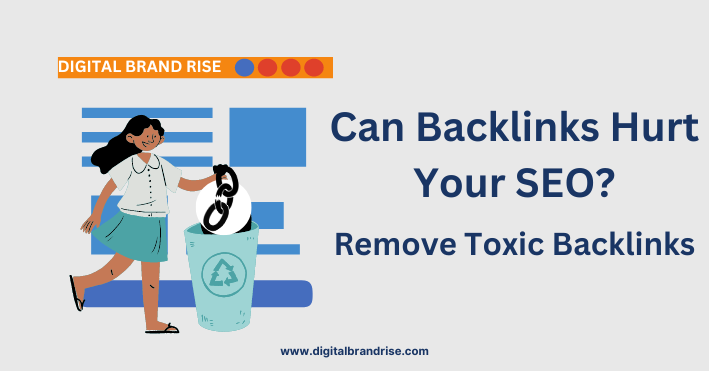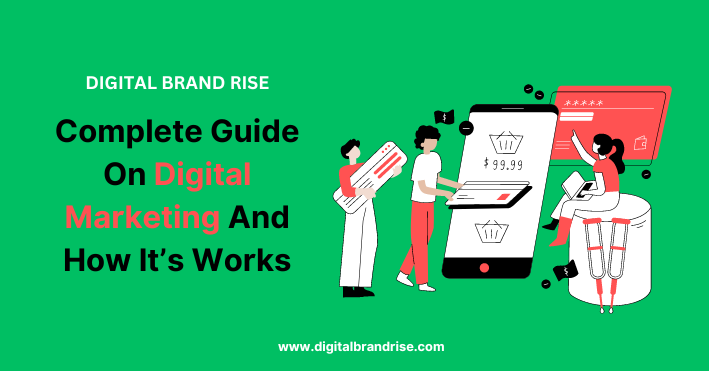Toxic Backlinks….
In the world of Search Engine Optimization (SEO), backlinks play an important role in determining a website’s authority and visibility in search engine results.
Backlinks, also known as inbound or incoming links, are hyperlinks from one website to another, serving as a vital aspect of search engine optimization (SEO). They are essentially endorsements from one site to another, indicating trust and authority.
According to Google’s E-E-A-T (Experience, Expertise, Authoritativeness, Trustworthiness) guidelines, high-quality backlinks are essential for a website’s credibility.
Websites that link to your content should ideally be authoritative and relevant within your industry, as links from such sites can significantly enhance your site’s standing in search engine rankings.
In the Search Quality Rater Guidelines, Google indicates that “sources of reputation” include “news articles, Wikipedia entries, blog posts, magazine articles, forum discussions, and ratings” when determining Page Rating.
However, not all backlinks are beneficial. Some can actually harm your SEO efforts, leading to penalties and decreased rankings.
In this article, we’ll explore the concept of toxic backlinks, their impact on SEO, and how you can effectively manage them.
What Are Toxic Backlinks?
Toxic backlinks are links from external websites that can have a detrimental effect on your site’s search engine rankings. These links are often associated with low-quality or spammy websites, link farms, or sites involved in unethical SEO practices. Examples include links from irrelevant directories, paid links, and links from websites with malware or suspicious content.
What Google states toxic backlinks are?
“Google works very hard to make sure that actions on third-party sites do not negatively affect a website. In some circumstances, incoming links can affect Google’s opinion of a page or site. For example, you or an SEO that you’ve hired may have built bad links to your site via paid links or other link schemes that violate our spam policies. First and foremost, we recommend that you remove as many spammy or low-quality links from the web as possible.”
Google
How Can Toxic Backlinks Hurt Your SEO?
The presence of toxic backlinks can lead to several negative outcomes for your website’s SEO:
1. Decreased Rankings: Search engines like Google may penalize your site if they detect a high volume of toxic backlinks pointing to it. This can result in a drop in search engine rankings, making it harder for users to find your website.
2. Manual Penalties: In severe cases, Google may issue a manual penalty against your site for unnatural linking practices. Recovering from such penalties can be time-consuming and challenging.
Effect of Bad Links:
Bad links, often referred to as toxic backlinks, can have a detrimental impact on your website’s search engine ranking and overall online reputation. These links typically originate from low-quality, irrelevant, or spammy websites.
When search engines like Google detect these harmful backlinks, they may penalize your site, leading to a significant drop in search rankings. This decline in visibility can reduce organic traffic, diminish your site’s authority, and ultimately harm your brand’s credibility.
Therefore, it’s crucial to regularly audit your backlink profile and disavow any toxic links to maintain a healthy and authoritative online presence.
Identifying Toxic Backlinks
It’s important to regularly audit your backlink profile to identify and address any toxic backlinks. Here are some methods and tools you can use:
1. Google Search Console: This free tool from Google provides insights into your website’s performance in search results, including information about backlinks and manual actions.
In Google Search Console manually applied penalties will show up under “Security and Manual Actions > Manual Actions”.
2. Third-Party Tools: Tools like Ahrefs, SEMrush, and Moz offer comprehensive backlink analysis features, allowing you to identify toxic backlinks based on various metrics such as domain authority, spam score, and relevance.
3. Signs of Toxic Backlinks: Watch out for sudden drops in rankings, unexpected fluctuations in traffic, or notifications from Google regarding manual penalties. These can indicate the presence of toxic backlinks.
Steps to Remove Toxic Backlinks
Once you’ve identified toxic backlinks, take proactive steps to remove them:
1. Disavow Tool: Use Google’s Disavow Tool to indicate to Google that you don’t want certain backlinks to be considered when assessing your site’s ranking. This tool should be used cautiously and as a last resort after attempting to remove links manually.
Follow these steps from Google Search Console:
Create a list of links you want to disavow, following the formatting outlined in the help article.
Tip: You can easily create this file by exporting link reports from Google Search Console, as well as tools like SEMRush and Ahrefs.
Then launch the Disavow tool:
And Upload your file:
2. Outreach to Website Owners: Contact the webmasters of linking sites and request the removal of toxic backlinks. Provide specific details and politely request their cooperation.
3. Best Practices: Craft personalized removal requests, keep records of your communications, and follow up if necessary. Persistence and professionalism are key to successful backlink removal.
Preventing Toxic Backlinks
Prevention is better than cure when it comes to toxic backlinks. Here are some strategies to safeguard your site from acquiring them:
1. Focus on Quality Content: Publish high-quality, valuable content that naturally attracts organic backlinks from authoritative websites.
2. Natural Link Building: Earn backlinks through genuine relationships, guest blogging on reputable sites, and participating in industry forums and discussions.
3. Regular Audits: Conduct regular audits of your backlink profile using the tools mentioned earlier to promptly identify and address any new toxic backlinks.
Conclusion
While backlinks are essential for SEO success, not all backlinks are beneficial. Toxic backlinks can significantly harm your website’s rankings and reputation. By understanding what constitutes a toxic backlink, regularly auditing your backlink profile, and taking proactive steps to remove or disavow them, you can protect your site from potential penalties and ensure long-term SEO success.
Implementing these strategies will help you maintain a healthy backlink profile, improve your site’s authority, and enhance its visibility in search engine results. Stay vigilant, stay proactive, and prioritize quality in your SEO efforts for sustainable growth and success.




